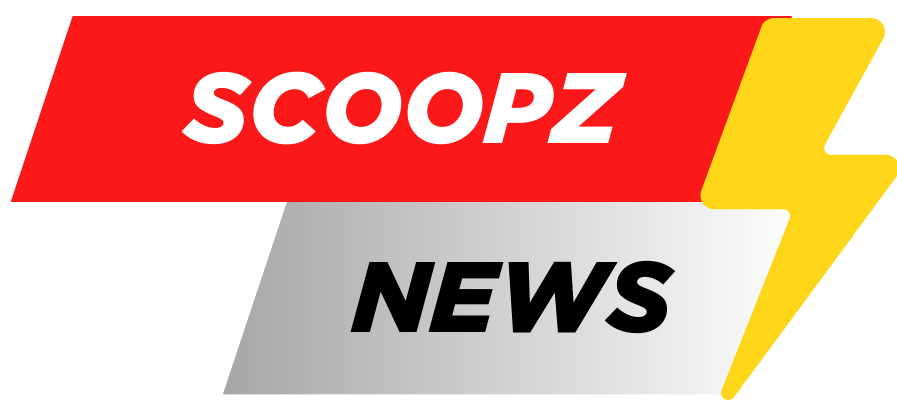Investors should always consider forecasts with skepticism. But Nvidia and Alphabet are undoubtedly major players in the burgeoning artificial intelligence market, so both stocks warrant further consideration. Here are the important details.
Consequently, the company accounts for 98% of data center GPU shipments, and it has more than 80% market share in AI chips. Nvidia has further cemented its leadership in accelerated computing with new hardware products like the Grace CPU and networking solutions. In fact, Nvidia is the market leader in AI networking.
Nvidia reported strong financial results in the second quarter of fiscal 2025 (ended July 2024). Revenue rose 122% to $30 billion and non-GAAP earnings surged 152% to $0.68 per dilute share. In the near term, Nvidia has a major catalyst in the coming launch of its next-generation Blackwell GPU, a chip that is already sold out for 12 months.
Beyond that, Nvidia sees a burgeoning opportunity in humanoid robots and physical AI. To elaborate, whereas generative AI can create text and images, physical AI can understand, navigate, and interact with the physical world. Straits Research estimates the humanoid robot market will increase at 34% annually through 2032, and Nvidia is well positioned to benefit.
The company sells products that address every layer of the robotics computing stack: Its DGX systems provide supercomputing infrastructure for training models, its Isaac platform provides development tools for building and testing robotics applications, and its Jetson embedded systems provide the on-board computing power robots need to make decision.
Wall Street expects Nvidia’s earnings to increase at 35% annually over the next three years. That makes the current valuation of 63.5 times earnings look reasonable. I am skeptical about its market capitalization reaching $10 trillion by 2030, but patient investors should still feel comfortable buying a small position today.
Alphabet subsidiary Google is the largest digital advertiser and third-largest public cloud, and the company is using AI to strengthen its standing in both markets. For instance, its leadership in advertising is due in large part to dominance in internet search, so Alphabet has added generative AI overviews to Google Search to improve the experience. It’s still early, but CEO Sundar Pichai says usage and satisfaction are trending higher.
Likewise, Alphabet introduced more than 500 updates for its machine learning (ML) platform Vertex AI last year, including the ability to develop generative AI applications with its Gemini models. Forrester Research and Gartner have since recognized Google as a leader in AI/ML platforms, a noteworthy distinction given that IDC analysts expect AI/ML platforms to be the fastest-growing subcategory of cloud services through 2028.
Google accounted for 13% of public cloud infrastructure and platform services spending in the third quarter, while Amazon and Microsoft accounted 31% and 20%, respectively. However, Google gained 2 percentage points of market share over the past year, and Forrester analyst Mike Gualtieri says the company is “the best positioned hyperscaler for AI.” That portends further share gains in the future.
Alphabet reported encouraging financial results in the third quarter. Revenue increased 15% to $88.2 billion on especially strong momentum in the cloud computing segment, coupled with modest growth in Google Search and YouTube advertising. Meanwhile, the company’s operating margin expanded 4 percentage points and GAAP earnings increased 37% to $2.12 per diluted share.
Going forward, Alphabet has a big opportunity in its autonomous driving subsidiary Waymo. The company already provides more than 100,000 fully autonomous rides per week across Phoenix, San Francisco, and Los Angeles, and it will expand in Austin and Atlanta in 2025. Bank of America analyst Justin Post estimates Waymo’s sales could hit $75 million this year, but sees a long-term opportunity of $144 billion.
Looking ahead, Wall Street expects Alphabet’s earnings to increase at 16% annually over the next three years. That consensus estimate makes the current valuation of 23 times earnings look quite reasonable. Similar to my comments about Nvidia, I am cautiously optimistic about Alphabet reaching $500 per share by 2030. But patient investors should feel comfortable buying a position in this stock today even if that doesn’t happen.
Before you buy stock in Nvidia, consider this:
The Motley Fool Stock Advisor analyst team just identified what they believe are the 10 best stocks for investors to buy now… and Nvidia wasn’t one of them. The 10 stocks that made the cut could produce monster returns in the coming years.
Consider when Nvidia made this list on April 15, 2005… if you invested $1,000 at the time of our recommendation, you’d have $829,746!*
Stock Advisor provides investors with an easy-to-follow blueprint for success, including guidance on building a portfolio, regular updates from analysts, and two new stock picks each month. The Stock Advisor service has more than quadrupled the return of S&P 500 since 2002*.
See the 10 stocks »
*Stock Advisor returns as of October 28, 2024
Bank of America is an advertising partner of The Ascent, a Motley Fool company. John Mackey, former CEO of Whole Foods Market, an Amazon subsidiary, is a member of The Motley Fool’s board of directors. Suzanne Frey, an executive at Alphabet, is a member of The Motley Fool’s board of directors. Trevor Jennewine has positions in Amazon and Nvidia. The Motley Fool has positions in and recommends Alphabet, Amazon, Bank of America, Microsoft, and Nvidia. The Motley Fool recommends Gartner and recommends the following options: long January 2026 $395 calls on Microsoft and short January 2026 $405 calls on Microsoft. The Motley Fool has a disclosure policy.
2 Brilliant Artificial Intelligence (AI) Stocks to Buy Before They Soar 190% and 200%, According to Certain Wall Street Analysts was originally published by The Motley Fool



